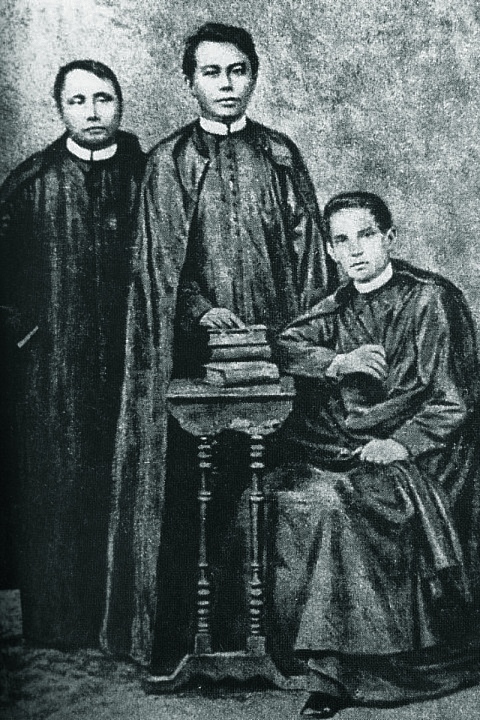|
Secularization Movement In The Philippines
The secularization movement in the Philippines was a movement in the Philippines under Spanish colonial administration from the 18th to late 19th century for greater rights for native Filipino Roman Catholic clergymen. The movement had significant implications to Filipino nationalism and the Philippine Revolution. Background During the Spanish colonial era in the Philippines, the Roman Catholic Church wielded strong cultural, political and economic influence in the Philippine archipelago. A feudal society, institutions largely favored land-owning Spanish ''peninsulares'' (originating from the Iberian peninsula) and the Roman Catholic friars. Clergymen who are affiliated with a religious order such as the Jesuits and the Dominicans had significant influence over the affairs of the islands. They are two key groups among the Roman Catholic clergy in the Philippines in relation to the secularization movement. *Seculars (''seculares'') – Clergymen who are not affiliated with a ... [...More Info...] [...Related Items...] OR: [Wikipedia] [Google] [Baidu] |
Gomburza
Gomburza, alternatively stylized as GOMBURZA or GomBurZa, refers to three Filipino Catholic priests, Mariano Gomez, José Burgos, and Jacinto Zamora, who were executed by garrote on February 17, 1872, in Bagumbayan, Philippines by Spanish colonial authorities on charges of subversion arising from the 1872 Cavite mutiny. The name is a portmanteau of the priests' surnames. Gomburza incurred the hatred of Spanish authorities for fighting for equal rights among priests and leading the campaign against the Spanish friars. They fought on the issues of secularization in the Philippines that led to the conflict of religious and church seculars. Their execution had a profound effect on many late 19th-century Filipinos; José Rizal, later to become the country's national hero, would dedicate his novel '' El filibusterismo'' to their memory. Mutiny by workers in the Cavite Naval Yard was the pretext needed by the authorities to redress a perceived humiliation from the principal object ... [...More Info...] [...Related Items...] OR: [Wikipedia] [Google] [Baidu] |

.jpg)